All of our products are made from sustainable fibres and 100% recyclable.
Why use Corrugated Paper for Packaging?
The prime purpose of corrugated packaging is to protect goods in transit, storage and distribution, thus preventing waste through breakage, spoilage and contamination. There are many benefits associated with using corrugated packaging, including environmental, economic and hygienic reasons –
✓ Corrugated Packaging is a material made from a renewable, sustainable resource. It is made from paper-based corrugated board, which is non-toxic, easily recyclable and produced from recycled paper and sustainable forestry resources. The paper cycle will continue in perpetuity provided the harvest of timber does not exceed forest growth and that new trees are planted.
✓Any type of packaging is a cost to the supplier of goods and so everyone involved in the distribution of products looks for more cost-effective advantages. Corrugated packaging is delivering these in terms of tougher, lighter, single-piece packaging that eliminates secondary materials. Digital printing and innovative promotional displays for consumer facing applications help make a compelling case for using corrugated packaging.
✓Packaging materials must meet a range of legal and regulatory requirements. Sometimes, packaging will need to come into direct contact with food and corrugated packaging is the ideal solution. This is because of the very high temperatures applied during the manufacturing process. In addition, each package is used for only one delivery.
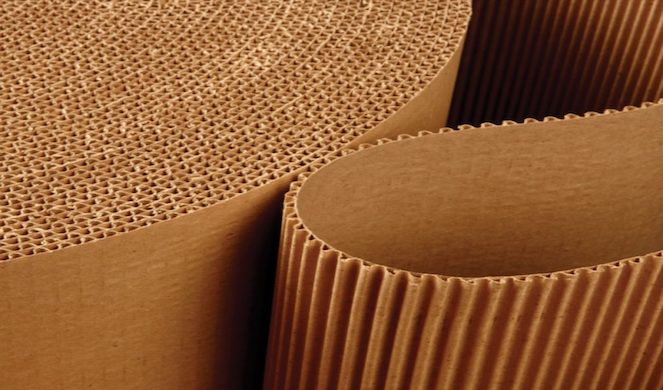
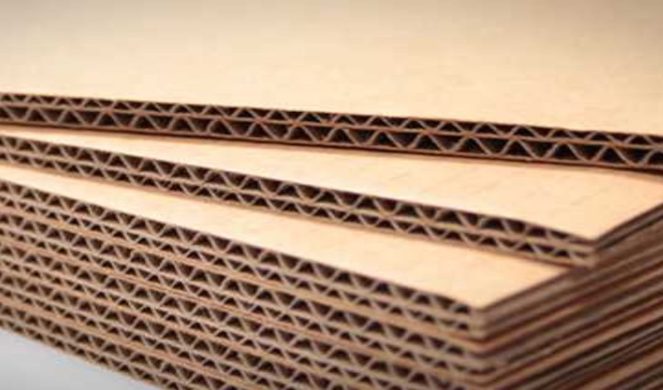
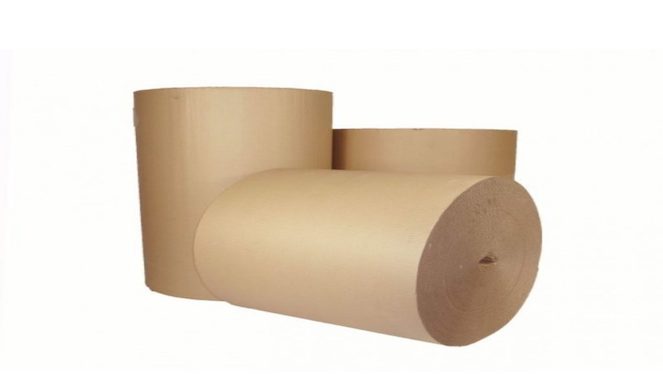
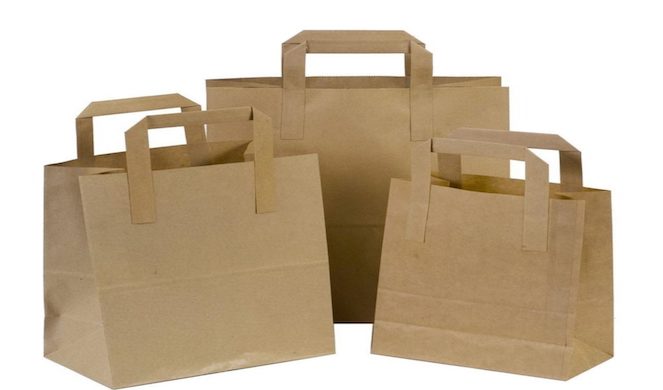
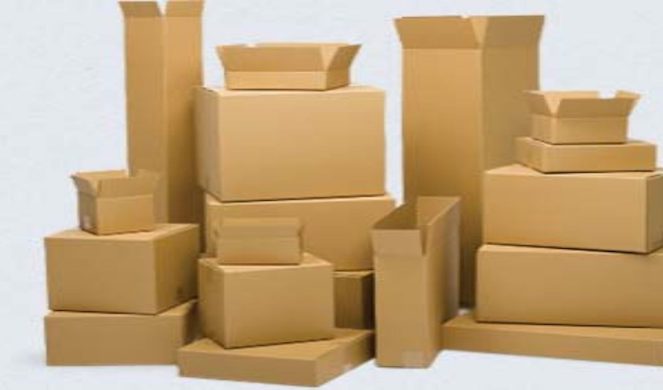
Paper Mill Production Process
A step-by-step guide from Waste Paper to Finish Paper:
Collection
Generally, an agent or dealer collects waste paper from home, office, shopping malls, markets, etc. Then at the warehouse, the collected paper is wrapped in tight bales and then transported to our paper mill, where it is recycled into new paper.
Sorting
Paper is sorted into different grades such as newspapers, duplex, white cutting, boards, core pipes, etc suitable for manufacturing different grades of papers. Afterwards, the bales are transferred to the conveyors.
Wire section
At the wet end of the paper machine sits the headbox, which distributes a uniform jet of watery stock. The liquid falls onto the wire or forming fabric. Beneath the wire, foils (short for hydrofoils) remove water and improve fibre uniformity, ensuring that the fibres weave together in a tight mat. The wire passes over suction boxes that vacuum out the water, leaving a soft mat of pulp that forms the paper sheet, also known as the paper web. By now the wire has travelled 30-40 meters. In a couple of seconds, the water content has dropped to 75-80%, and the web has lost its wet sheen.
Press section
The next stage of water removal consists of passing the paper web through a series of nip rollers that squeeze the water out of the pulp mat. This pressure also compresses the fibres so they intertwine to form a dense, smooth sheet. At this stage, the water content has reduced to between 45 and 55%.
Drying section
The paper web now travels through an enclosed space containing a number of steam-heated drying cylinders. They are warmed up to 130ºC using steam heat to ensure that the paper is now 80 to 85% dry. Wet sizing solution is now applied to the paper in order to add a thin layer of starch to the surface. Starch contributes to stiffness and the bonding of the fibres within the sheet of paper. After the sizing is applied, the paper passes through another set of heated drying cylinders. In all, the paper web may travel 400 meters through the dry end. In the process, it will lose roughly 93% of its water.
Finishing
To give the containerboard a smooth and glossy surface to optimise it for printing, the paper passes through a set of smooth rollers, which can be hard or soft, that press the paper, embossing a smooth face on the paper surface.
Real-time quality control
Producing high-quality paper depends on maintaining extremely fine control over the variables in the manufacturing process. The sheet of paper is now inspected by an automated measuring device that detects imperfections.
Winding
After completing its 500-metre journey, the paper exits from the paper machine and is automatically wound onto a jumbo reel, which can weigh 50 tonnes and be up to eleven metres wide. The jumbo reel is lifted by crane to a nearby winder, where the paper is unwound and cut into smaller rolls as required by the customer.
Paper Quality testing
On a regular basis, samples of containerboard are taken to our Quality Control laboratories, to ensure that our paper is of the highest quality possible.
